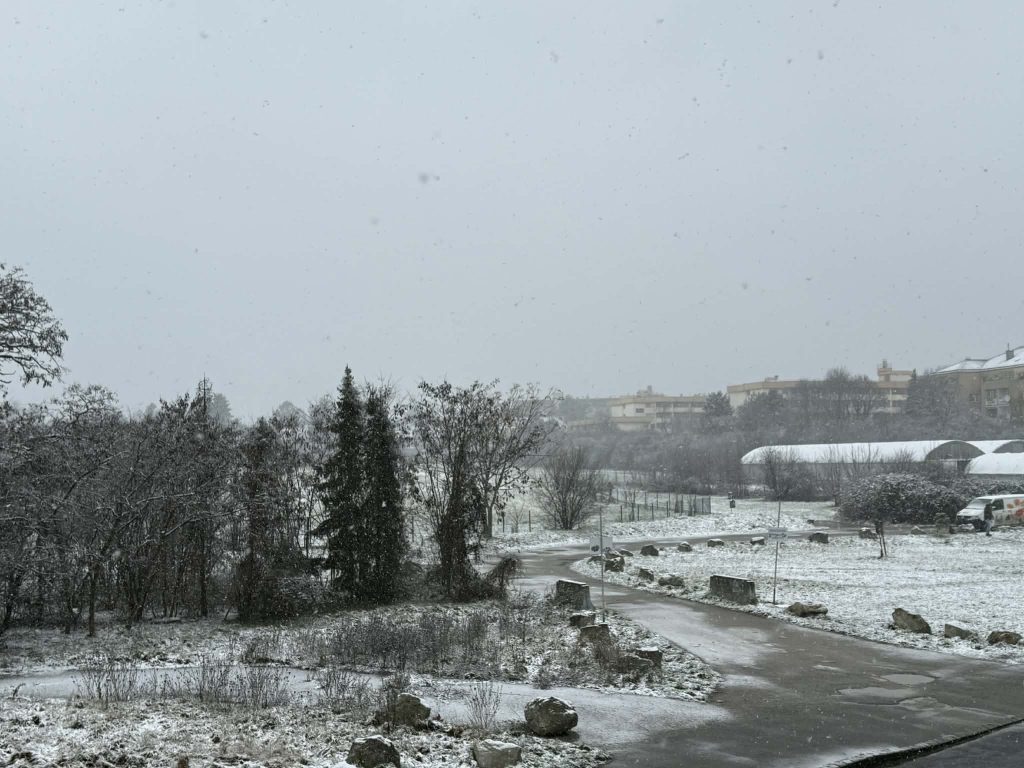With the cold temperatures, the viruses have also returned, and not just the classic cold viruses. According to Judith Aberle, Professor of Virus Immunology at the Medical University of Vienna, these account for less than a quarter of infections. The coronavirus, on the other hand, now dominates again, with 44 percent of the samples analyzed in the sentinel system.
“We have seen increased virus activity in the sentinel system for several weeks. On average, 30 percent of those tested are SARS-CoV-2 positive. Last week, however, there was a further increase, with the positive rate rising to 44 percent. This is a substantial proportion and means that most of the illnesses are currently caused by SARS coronaviruses,” the expert said in an interview with “Heute.” As part of the sentinel system, samples from infectious persons are analyzed at the Center for Virology and evaluated for influenza, RSV infections or Sars-Cov2.
A pattern that is also very evident in wastewater monitoring is the steadily increasing numbers. “What has changed is that we now have fewer patients requiring inpatient treatment thanks to vaccinations and immune protection against serious illnesses,” explains Aberle.
Viennese lung specialist Arschang Valipour, on the other hand, is a little less relaxed about this. “For the first time in a long time, a total of 20 patients with COVID-19 have been hospitalized and isolated at the Floridsdorf clinic. The only “luck” is that the influenza season has not yet started. Otherwise, bed capacity would be a problem again,” writes the Head of the Department of Internal Medicine and Pneumology at Klinik Floridsdorf on X.
For weeks now, the number of inpatient admissions to Austrian hospitals with a COVID-19 diagnosis has been over 400. “How the situation develops this winter will depend on when the influenza epidemic picks up speed and whether we have a wave of RSV at the same time and a correspondingly high number of patients and hospitalizations, like last winter,” says Aberle. There are currently only a few cases here.
The XBB variants are still strongly represented. The briefly feared “Pirola” variant BA.2.86 has only been detected in 14 samples. However, a new Omikron subline, DV.7.1, has emerged in Austria. It has been detected sporadically for six weeks.
Nevertheless, she would find more accessible access to tests significant, “especially for high-risk patients.” The virologist calls for easier test access, “especially for high-risk patients, because there are effective drugs.” Currently, a PCR test is only carried out free of charge by a doctor if symptoms are present. Antigen tests have to be paid for at pharmacies.
- source: heute.at/picture: pixabay.com
This post has already been read 2604 times!



